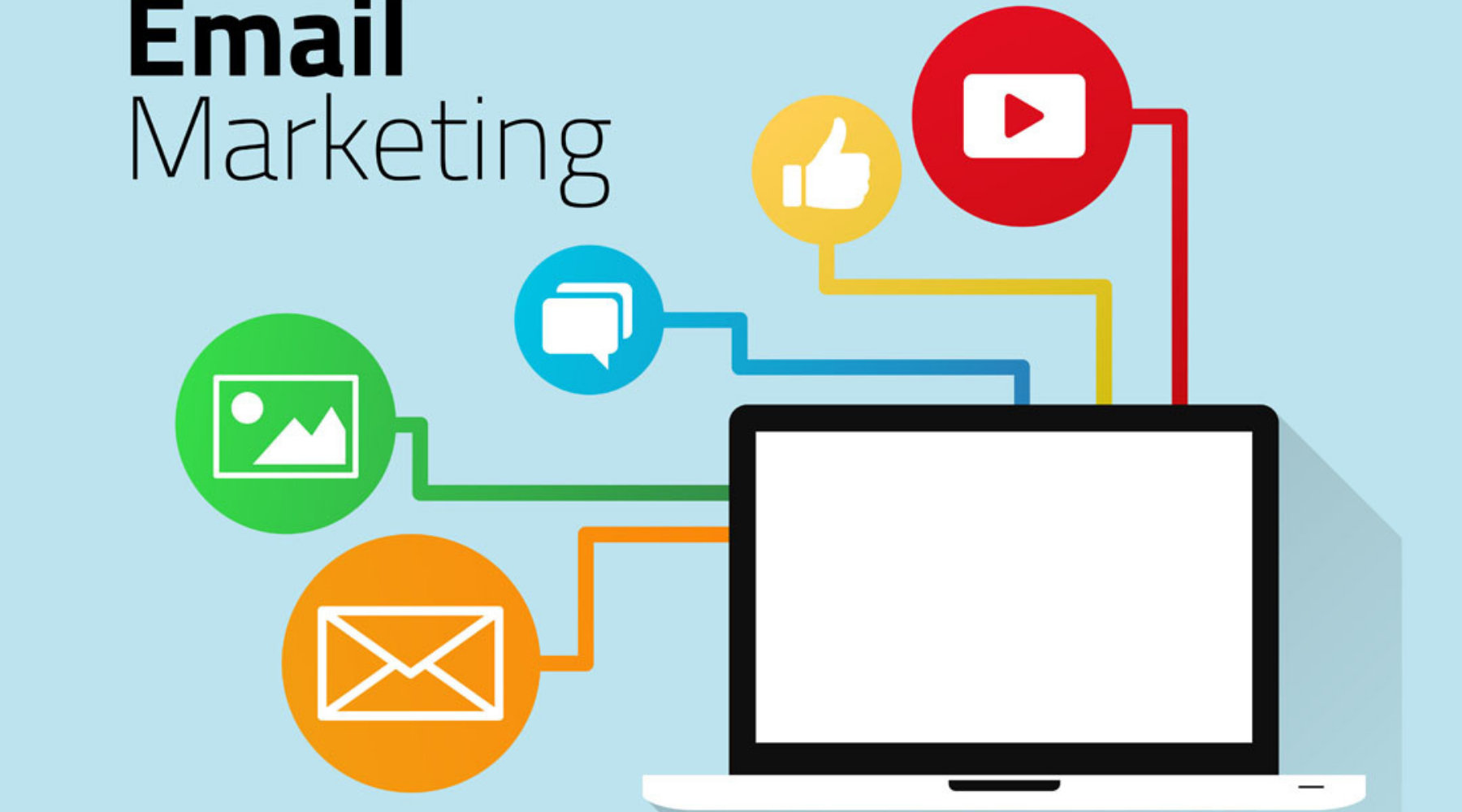What is ABC of B2B email marketing?
Email marketing is considered to be among the most important marketing channels, especially in B2B marketing. Email marketing has shown a considerable return on investment,which is more than 40$ per 1$ spent. More than 250 billion emails are being sent every day. For marketers to standout in such vast competition, it is necessary to have a deep understanding of email marketing.
In email marketing, there is always room to make improvements. Sometimes, email marketing involves only one message, but marketers need to send a series of emails at times. Well-designed marketing plans usually contain a network of emails sent to the subscribers according to their interests.
What is Email Marketing?
The process of using emails to promote products and services or for sharing any information that might be useful for the recipient is called email marketing. Recently, email marketing is a complete strategy that deals with building a long-term connection of the brand with its prospects. Some of the major takeaways of email marketing involve brand awareness, brand promotion, and customer loyalty. Email marketing is based on the AIDA model, which involves creating attention, followed by interest arouse desire, and cause action. Email marketing allows businesses to get more and more customers.
The key to email marketing is to send the right message to the right audience at the right time. It does not matter if your marketing strategy has developed well, or this is just a beginning. There is an ABC of email marketing that you should always consider.
ABC of email marketing strategy
An ABC of email marketing should be kept in mind before designing any email marketing campaign.
- A stands for A/B testing.
- B stands for bounce rate.
- C stands for cleanliness.
The details of each are as under.
Stands for A/B testing
It has become easy to do A/B testing of emails with the numerous marketing services available today. If you are also running an email marketing strategy, you need to execute A/B testing before sending your emails. This helps you to do effectively run your campaign and get the most out of it. You can test the various aspects of your emails separately to look for the best results. Like to check which subject line best suits your campaign, you can do A/B testing on various subject lines.The subject line should not be the only thing that needs testing; rather, it should be the first one, followed by many others. You can test the logo placement, size, and color of your font, layout of your email, Call to action button, hyperlinked text, subject line, personalization, sender name, and much more through A/B testing.
To do A/B testing of your emails, you need to have a plan which you can execute proficiently. You need to ask yourself what you are trying to measure through the test and how you will measure your campaign's success and what you are going to control.
From the results you get through the A/B testing, you can check your emails' best aspect.
B stands for bounce rate
Bounce rate is an important metric to take care of in email marketing, but it is often overlooked. Many email senders like CBT mass email senders provide calculating the metrics like click rate, open rate, and bounce rate. Bounce rate is the percentage of emails that bounce back without being delivered to the recipient. This hurts the deliverability rate of your emails. The key to successful email marketing is the high deliverability rate. Deliverability means more people have the opportunity to view your email.
When it comes to the bounce rate of an email, there are two types of bounce rates.
- Soft bounce rate
- Hard bounce rate
Soft bounce rate
The soft bounced rate represents the number of emails that get rejected due to some temporary issue in the recipient's server, which include limits to the maximum number of emails in the inbox received, no space in the recipients' inbox, or the server being offline. The soft bounce rate can be minimized.
Hard bounce rate
Hard bounce rate represents those emails that cannot be delivered due to the issues like a wrong domain name or invalid email address. If your email campaign has a high hard bounce rate, it is represented by a red flag, which indicates that the sender needs to clean his database. This also requires to make sure that your email list consists of valid email addresses of your prospects and that you have not purchased your email list.
For both soft bounce rate and hard bounce rate, you should have less than 1%. You need to keep an eye on both metrics to keep them to the minimum possible value. A higher bounce rate indicates that cleaning is required.
C stands for cleanliness
Data cleanliness is one of the basic requirements if you want to run a smooth email marketing campaign. Your goal is to send emails to your entire email list through each send. You can achieve this by segmenting your email list to send the right content to the right people and make sure that your audience receives what they want. This can help you maintain cleanliness. It is not very easy to get the email address of your prospects. Once you get them, you need to provide them value, which ensures cleanliness.
Plus point: D stands for Dynamic content
Dynamic content is the particular content that appears to a reader as if based on some defined criteria. With this, you can send an email to all your email lists, but each list receives emails with some content different from the emails of other lists. Through this, you can enjoy sending personalized emails.
Final words
This is all about the ABC and D of email marketing that you can consider to run a successful email marketing campaign. So, when are you going to start working on the ABCD of B2B email marketing?

